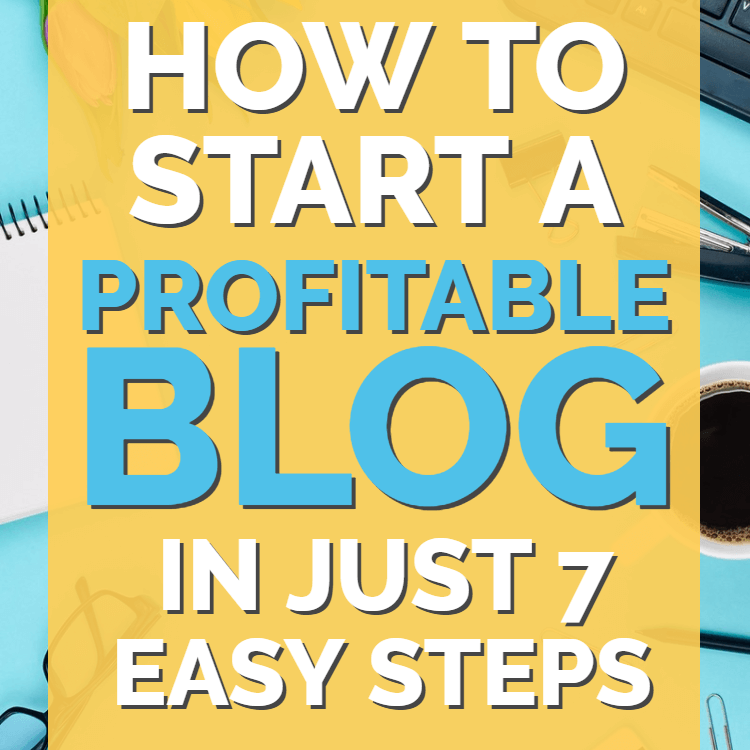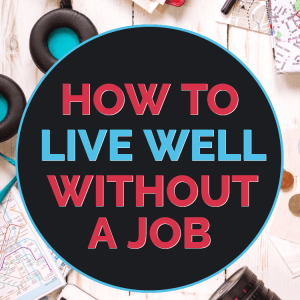Contents
“Frugality” is a word that can instil a range of different emotions.
For some, frugality is a source of inspiration and power, allowing you to put money aside for the future.
For others, however, frugality is akin to self-sacrifice. For them the word “frugality” suggests giving up a good life now, to save for something that may not happen in the future.
The good thing is that frugality doesn’t have to be an all-or-nothing concept.
Instead, as the title of this article suggests, you can use “selective frugality” to transform your finances.
Put bluntly, selective frugality encourages you to save money in areas that will have little or no impact on your lifestyle. At the same time, you’re free to keep spending on other parts of your life.
The end result is a stronger financial situation, without the need to live on noodles or give up your hobbies.
Examples of Selective Frugality
How does selective frugality work in practise? Let’s take a look at a few examples…
Household Bills
We all have household bills of one form or another. Electricity bills would be a good example.
Listen to the seriously frugal and they’ll tell you to turn every light off when you’re not using it, to swap your energy-sucking light bulbs for LED equivalents and switch off all your electrical appliances at the wall rather than leaving them on standby.
All perfectly valid advice. But each of these can have an impact on your lifestyle.
Instead what if you just switched from one energy supplier to another?
Using price comparison sites you could quite quickly find an alternative supplier, allowing you to carry on as usual while still saving money.
Cell Phone Bill
The mobile phone market is more competitive than ever before, with companies climbing over each other for your business.
Not only does this mean that switching from one supplier to another can save you money, but there might even be a cheaper tariff with your existing supplier.
Here’s what we did for my girlfriend recently: we bought a decent quality new Android handset and then arranged a SIM-only deal through our broadband supplier.
Total cost? £6 a month, for unlimited texts, together with more minutes and data than she needs.
That’s up against many other people who pay £25-40 per month, simply because they haven’t compared prices.
That’s selective frugality in action.
Car Insurance
We all need auto insurance, but the prices and the services on offer can vary widely.
Each year when my renewal comes up I spend half an hour gathering quotes.
Invariably I manage to save money on what I would have paid if my policy auto-renewed.
Total impact on my lifestyle? Zero, apart from 30 minutes once per year.
Grocery Shopping
Let’s look at a slightly different topic for a moment: food.
Hardline frugalistas will tell you to prepare all your food at home, take a brown bag lunch with you and never eat out. However for many people that takes a lot of pleasure away from life.
Even here you can use selective frugality to help save money.
If you don’t want to give up your meals out, you could instead find ways to cut your weekly grocery bill.
- Buy in bulk.
- Start shopping at Aldi.
- Grow your own fruit and vegetables.
Overall you’ll still save money, without having to sacrifice your posh dining experiences.
Infact, if you manage to reduce your home grocery bill enough, you might even manage to eat out more than you do now – while still saving money each month.
Monthly Subscriptions
Companies love to sell us recurring services.
Netflix. Amazon Prime. Magazine subscriptions.
That monthly software package you bought and then forgot all about.
Even insurance can be bought monthly rather than annually.
The problem is that it’s far too easy to forget about these small regular payments.
Over the months and years these build up and build up, with hundreds – if not thousands – leaving your bank account without you even noticing.
So grab a few bank statements and identify anything you either don’t recognise or don’t use any more. Then cancel them.
After all, you’re hardly losing out if you’ve forgotten that you even have those subscriptions, are you?
How to Decide on Your Targets
As you can see, there are all sorts of ways to save money that won’t have any major impact on your lifestyle. The question is really where to focus your selective frugality for best results?
Here there are three considerations…
Average Spend
The more you spend on something, the greater the impact of selective frugality.
If you’re spending $200 a month on a golf course membership that you never use then this is a big win.
Cancelling that Netflix subscription is likely to have a far smaller impact on your finances.
So start with the big things and work your way down the list, therefore giving you a big “hit” of savings early on in the process.
Ease of Saving Money
How easy is it to save money on your expenses? If you’re just 3 months into a 24 month cell phone contract then it’s unlikely you can do much about that cost for a while.
Equally, you could probably cancel your monthly gym pass today.
When it comes to selective frugality, therefore, a second consideration is how easy it will be to make that cut. Some will be easier than others, and they’re a great place to start.
Impact on Your Lifestyle
I’ve written before about losing weight with keto. The results have been incredible; both in terms of looking better and feeling better.
The downside is that keto can be an expensive diet to follow, as it involves lots of meat, cheese and eggs; things that tend to be quite pricey. Right now, however, I just wouldn’t give up this diet to save money; the positive influence on my lifestyle is too great.
Swapping from one cell phone supplier to another, and halving my bill at the same time? Well the impact of that is almost zero. An easy win.
Focusing on those areas where a change will have a negligible impact on your lifestyle is therefore another worthy consideration.
How to Integrate Selective Frugality into Your Life
Using selective frugality is actually pretty simple. Start by grabbing some recent bank statements, so you can see where all your money is going.
Then consider each expense based on how much it impacts your lifestyle, how easy it is to change and the size of the savings available.
Focus on those things that you can change or eliminate without affecting your lifestyle, working from the biggest and easiest savings down the list.
In just a few hours it’s possible to find all sorts of ways to spend less each month, while still enjoying the quality of life you do right now.










Very useful article and like the focus on saving without extreme actions.